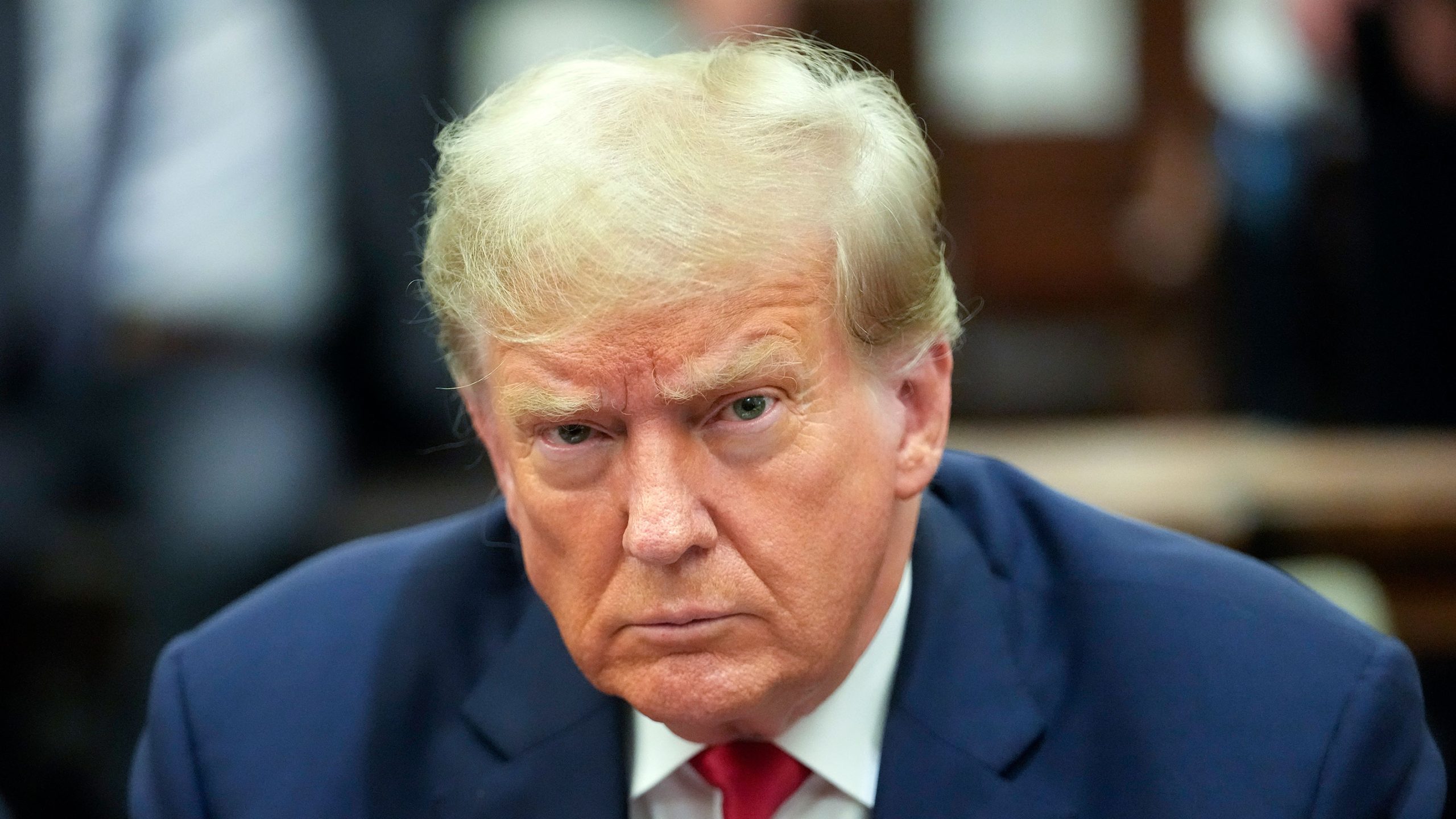Understanding Chronic Venous Insufficiency in President Trump
President Donald Trump, who is 79 years old, has been diagnosed with chronic venous insufficiency, a condition that affects blood circulation. This diagnosis came after his medical team noticed mild swelling in his lower legs. White House press secretary Karoline Leavitt addressed the public about this issue, explaining that it was part of routine medical care and not a cause for alarm.
The swelling in Trump’s ankles and bruising on his hand had drawn attention from the media. Leavitt clarified that the bruising was consistent with minor soft tissue irritation caused by frequent handshaking and the use of aspirin as a preventive measure for heart health. She emphasized that there was no evidence of deep vein thrombosis or arterial disease, which are more serious conditions.
Tolong support kita ya,
Cukup klik ini aja: https://indonesiacrowd.com/support-bonus/
Medical Evaluation and Findings
After a thorough examination, doctors found that Trump had blood pooling in his veins, a condition that is common among individuals over the age of 70. Leavitt shared details about the medical tests conducted, including diagnostic vascular studies and bilateral lower extremity venous Doppler ultrasounds. These tests confirmed the presence of chronic venous insufficiency, but they also showed that there were no signs of deep vein thrombosis or arterial disease.
In addition to these tests, an echocardiogram was performed to check the health of Trump’s heart. The results showed normal cardiac structure and function, with no signs of heart failure or renal impairment. The medical team also ruled out any systemic illnesses that could be affecting his health.
Leavitt highlighted that all test results were within normal limits and that the president remains in excellent health. She mentioned that recent photos of Trump showed minor bruising on the back of his hand, which she attributed to the effects of frequent handshaking and aspirin use. This side effect is well known and considered benign, especially when aspirin is used as part of a standard cardiovascular prevention regimen.
Support us — there's a special gift for you.
Click here: https://indonesiacrowd.com/support-bonus/
What Is Chronic Venous Insufficiency?
Chronic venous insufficiency occurs when the veins in the legs have difficulty sending blood back to the heart. This can lead to symptoms such as swelling, pain, and skin changes. It is more common in older adults and can be managed with lifestyle changes, compression therapy, and medication. While it is not life-threatening, it can affect quality of life if left untreated.
For someone like Trump, who is in the public eye, maintaining good health is crucial. His medical team has taken a proactive approach by conducting comprehensive evaluations to ensure that any health issues are identified and addressed promptly.
Future Steps and Health Management
Although the diagnosis of chronic venous insufficiency has been made, it is not yet clear how Trump will be treated for this condition. The White House medical team will likely develop a treatment plan that includes monitoring his symptoms and managing any discomfort. Lifestyle adjustments, such as regular exercise and elevation of the legs, may also be recommended to improve circulation.
Aspirin use, which is part of his cardiovascular prevention regimen, will continue under medical supervision. The goal is to maintain his overall health while minimizing any potential side effects.
Conclusion
President Trump’s health has been a topic of interest, especially given his age and public role. The recent diagnosis of chronic venous insufficiency, along with the minor bruising on his hand, has been thoroughly evaluated by his medical team. The findings indicate that there are no serious underlying issues, and the president remains in good health. As he continues to manage his condition, the focus will be on maintaining his well-being and ensuring that any necessary treatments are effective and safe.







